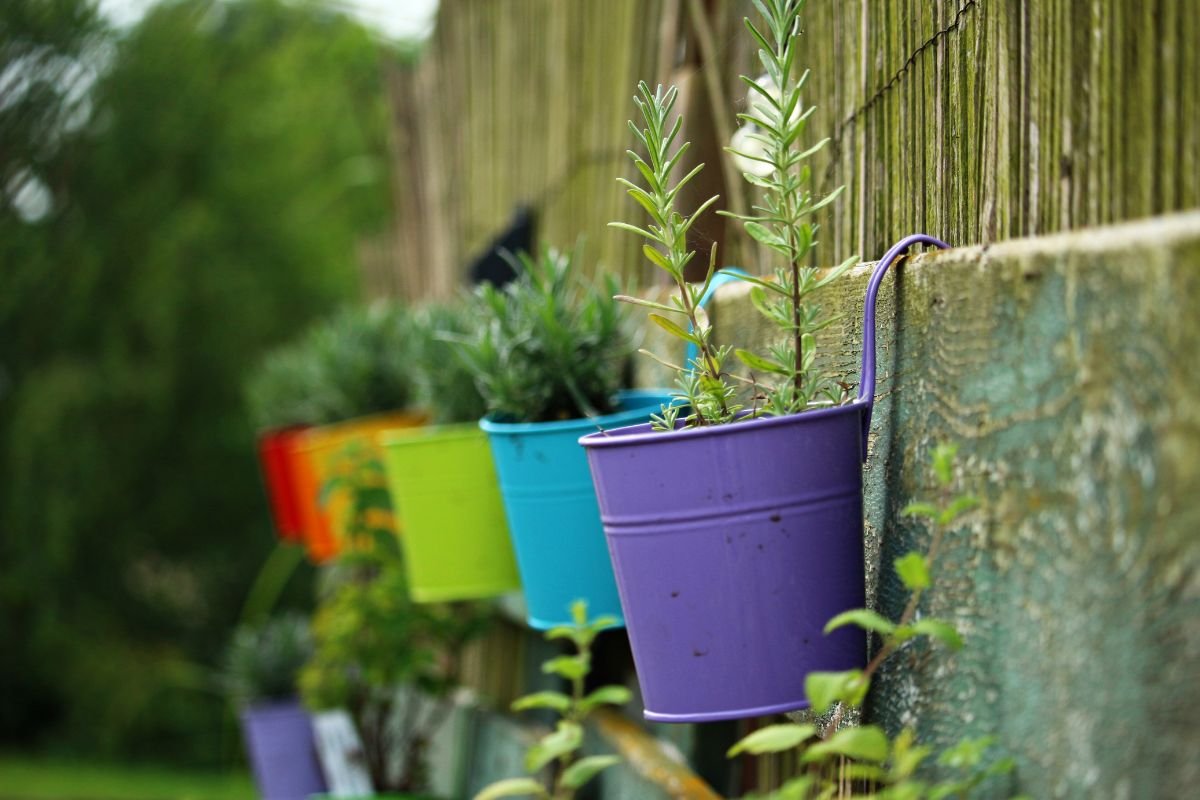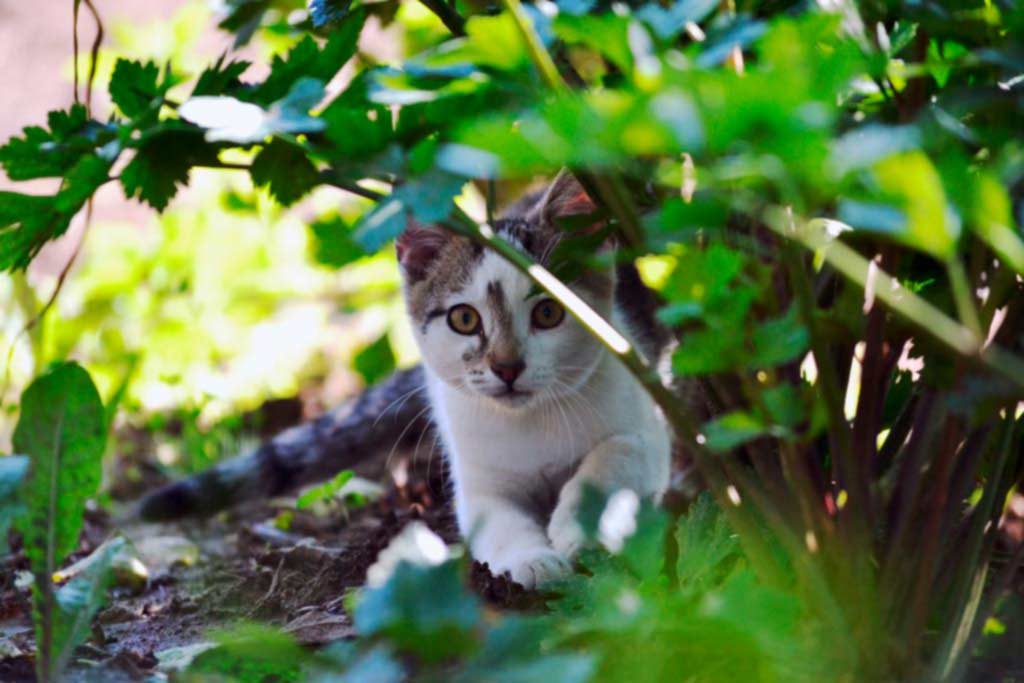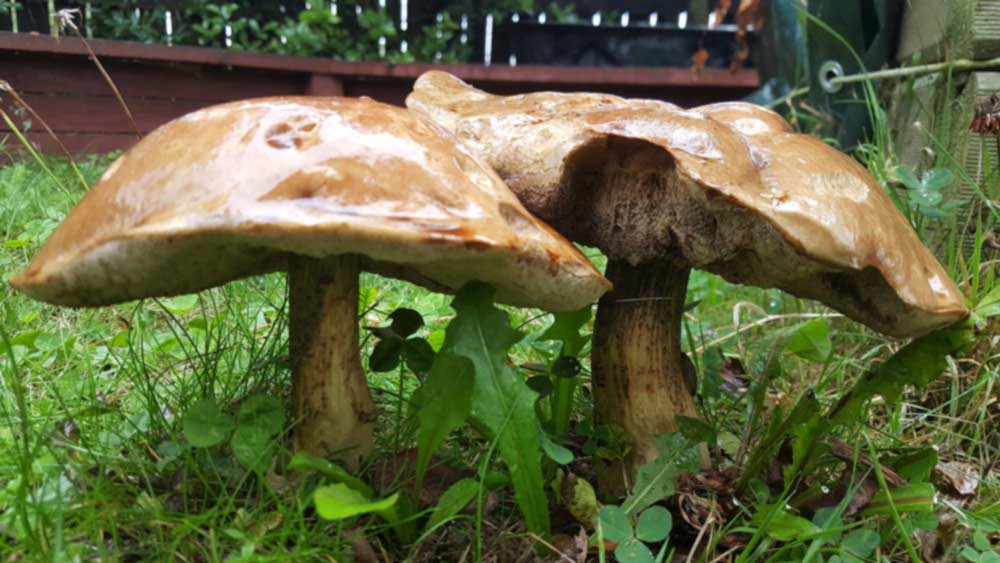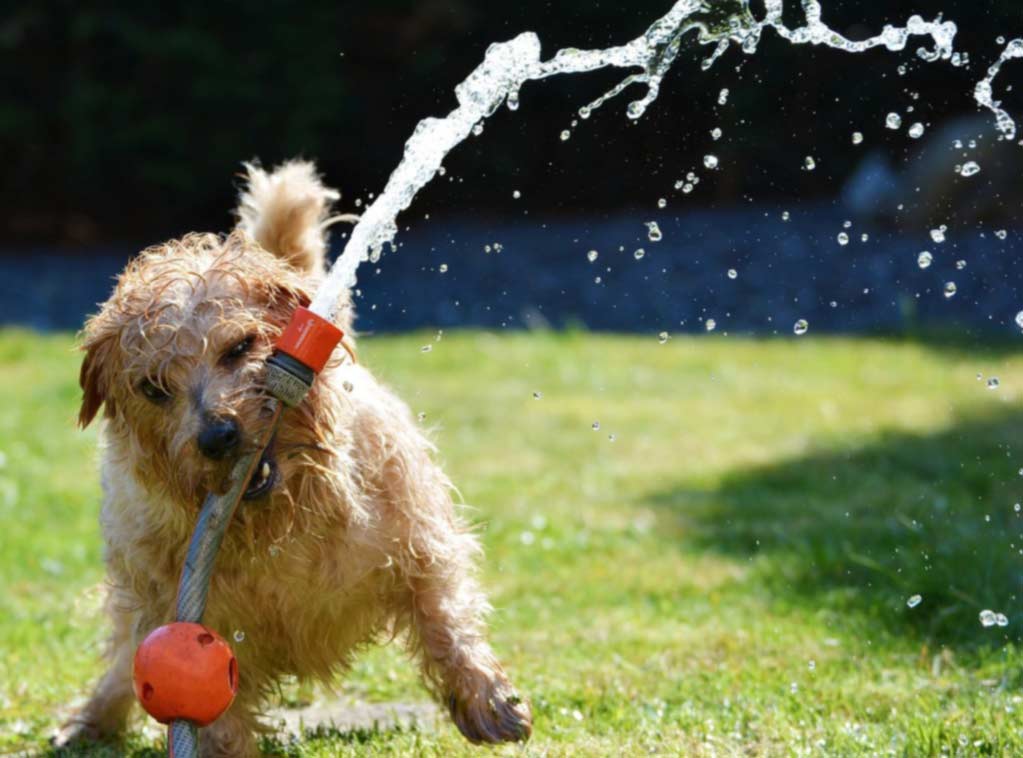There’s no denying that cats are some of our favourite pets to own. While they’re very independent animals, most New Zealanders seem to think they’re worth keeping around. After all, if they weren’t, 44 percent of New Zealand households wouldn’t have at least one.
However, for all their companionship benefits, there’s one bugbear many people have. Why must they use our gardens as their litter box?
The truth is, cats have to use the toilet somewhere. Unfortunately, that tends to be the nearest and most attractive looking garden – and it’s typically not the cat owner’s, either. Therefore, many homeowners tend to find that the entire neighbourhood’s cats consider their property as a public restroom.
For many, it’s a frustrating and endless experience. Imagine having your garden looking neat and tidy, only to pull up a cat poo along with your carrots? While it seems like you’re facing an uphill battle with troublesome Toms, it’s not a battle you can’t win. Here are a few of the many ways in which you can keep cats out of your garden.
Motion-Activated Sprinklers
It’s a well-known fact that most cats hate water. Therefore, choosing to install motion-activated sprinklers after just investing time and money in a garden clean-up is a good idea. Now that you’ve rid your property of all signs of cats, you’ll want to keep it that way.
As soon as a cat comes near your sprinklers, they will get the shock of their life when they’re sprayed with water. Most importantly, however, they’ll remember the experience and will be unlikely to return.
Chicken Wire
Whether you’ve contacted the experts to help with your new vegetable garden, or it was a labour of your own love, you’ll be wanting to keep it as the picture of perfection. However, between the birds and the cats, it can sometimes feel like an impossible task. It doesn’t have to be, not if you invest in chicken wire fencing.
Not only will installing chicken wire over your vegetable garden protect it from birds, but it will stop cats from using it as a restroom as well. They can’t dig in the dirt to cover their business, nor will they like the texture on their feet.
Pine Cones
One of the primary ways in which you can discourage cats from entering your garden is by ensuring the experience is not a pleasurable one. You can achieve this in many humane ways. Cats have sensitive feet, so if they stand on something that doesn’t feel pleasant, they won’t be in a hurry to relive that experience. Therefore, if you happen to have access to pine cones, take advantage of them. If you spread pinecones around the common toileting areas of visiting cats, they will be less likely to find your gardens that appealing.
Citrus and Coffee Grounds
Just as you don’t like the scent of cat urine and poo, cats don’t like the smell of your everyday citrus fruits and coffee grounds. Therefore, it’s in your best interests to take advantage of their hate for this odour.
Collect all your coffee grounds from your morning brew and purchase citrus fruit. As soon as cats smell these odours, they’ll take off in search of greener pastures – hopefully, their own backyard.
However, it’s crucial to know that you should not place citrus and coffee grounds on your plants, as these can have a detrimental effect. Instead, surround your garden beds with them.
Lavender
Lavender is a lovely plant that many people prefer not to own because it can grow like a weed. However, in the spirit of keeping cats out of your yard, lavender is going to be a welcome addition to your garden. Not only can you enjoy the scent as you traverse your garden paths, but cats will turn their nose up at it. Lavender, eucalyptus and similar strong-smelling herbs and flowers are something cats do not like at all.
Therefore, if you were to plant them in your garden – especially near toileting hot spots, there’s every reason to believe you can benefit from fewer feline friends making themselves at home.
Cayenne
If you’re at your wit's end and have tried almost everything, then it might be in your best interests to give cayenne a try. While it’s not an effective method that deters all cats, it has been known to work on the majority. And, if you can get rid of at least a few cats from your garden, then it’s going to be beneficial in the long run.
Cats don’t like cayenne pepper because it features capsaicin. Capsaicin is the component of pepper that makes it hot – not only to humans but cats as well. If cats were to step on something coated in cayenne or taste something featuring it, they would be less than impressed.
To use cayenne to keep cats out of your yard, buy flaked cayenne and sprinkle it around your garden. When it rains, you will need to repeat the process. Otherwise, you can combine dry mustard, cayenne pepper, and flour together as a reliable cat repellent for use around your home.




































